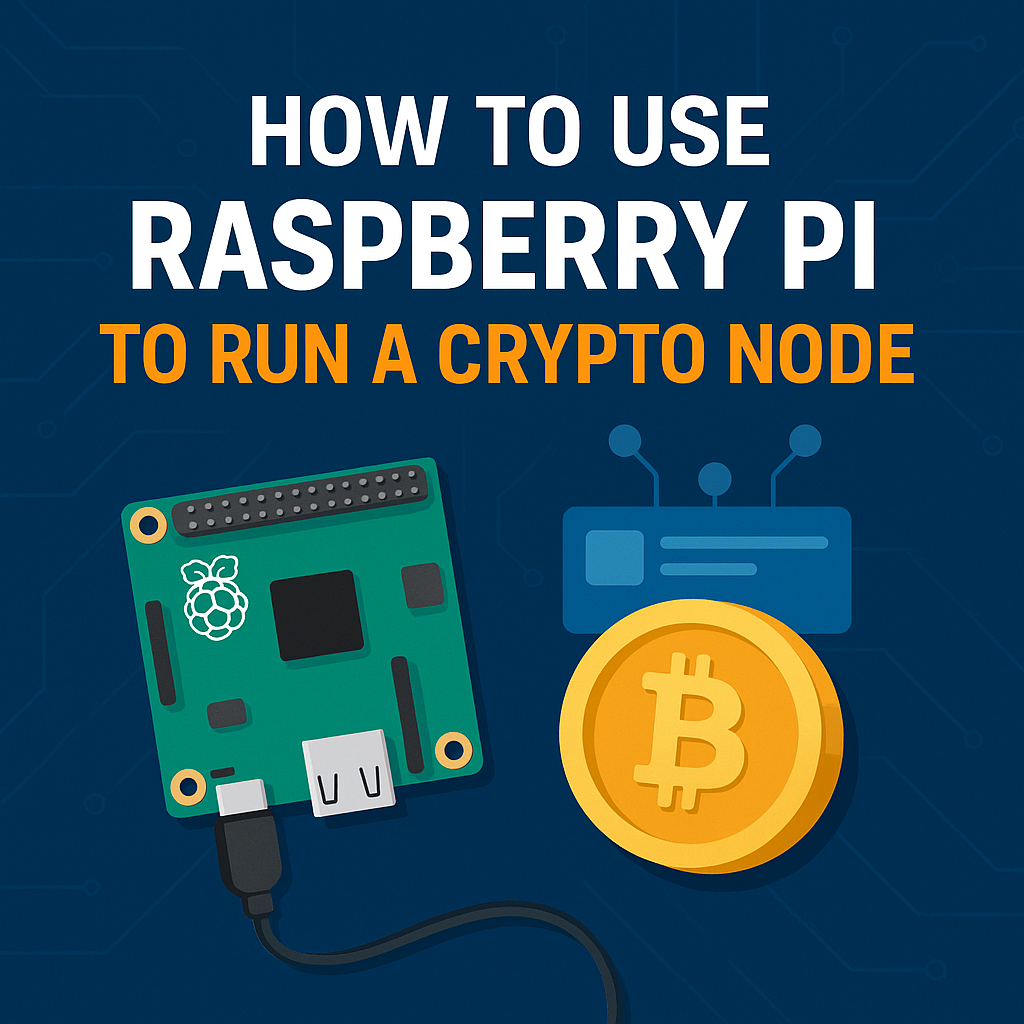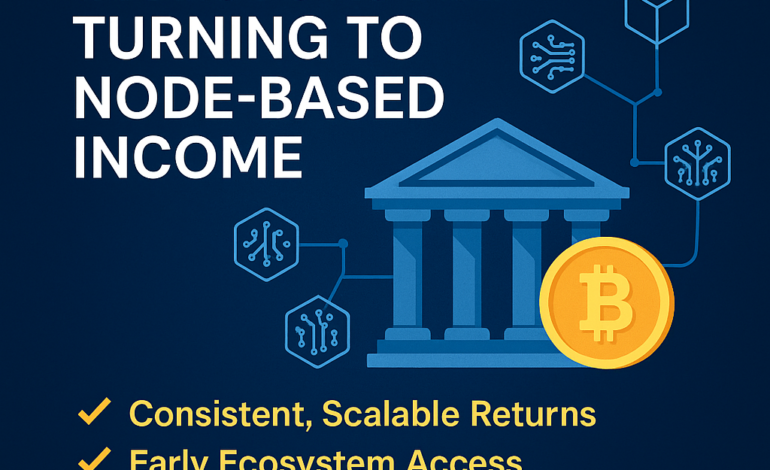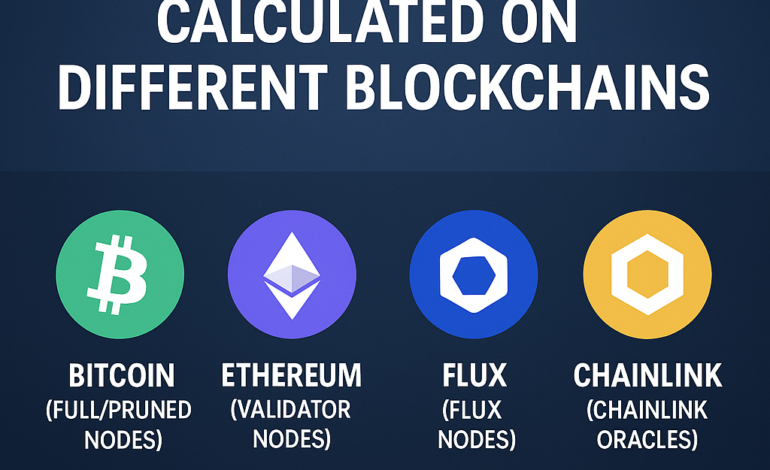The rise of blockchain technology has opened up new ways for individuals to earn passive income and contribute to decentralized networks. One popular, cost-effective option is running a crypto node on a Raspberry Pi. This compact, low-power computer can reliably support various blockchain networks while consuming minimal energy — making it an ideal choice for beginners and hobbyists alike.

What Is a Crypto Node?
A node is a computer that connects to a blockchain network, validating transactions, maintaining the ledger, and sometimes participating in network consensus. Nodes play a vital role in keeping decentralized networks secure, transparent, and operational.
By running a node, you help support the blockchain ecosystem and, in some cases, earn rewards for your participation.
Why Use a Raspberry Pi for a Crypto Node?
The Raspberry Pi is a small, energy-efficient, and affordable single-board computer. While it can’t match the processing power of high-end servers, it’s perfect for lightweight blockchain nodes that don’t require heavy computational resources.
Benefits of using a Raspberry Pi:
- Low electricity consumption
- Affordable hardware setup
- Always-on, quiet operation
- Small footprint (fits in any workspace)
- Ideal for networks like Bitcoin (light nodes), Ethereum (Beacon nodes), Flux, and other emerging protocols
What You’ll Need
Before setting up your node, gather the following:
- Raspberry Pi 4 (4GB or 8GB recommended)
- 32GB+ MicroSD card (or external SSD for better performance)
- MicroSD card reader
- Stable internet connection
- USB keyboard, mouse, and monitor (for initial setup)
- Raspberry Pi OS (Lite or Desktop version)
Step-by-Step Setup Guide
Install Raspberry Pi OS
Download the Raspberry Pi Imager from the official Raspberry Pi website. Use it to flash Raspberry Pi OS (Lite is preferred for headless nodes) onto your microSD card.
Set Up Your Raspberry Pi
Insert the microSD card, connect the monitor, keyboard, mouse, and power supply. Boot up the Raspberry Pi and complete the initial setup, including changing the default password and enabling SSH for remote access.
Install Required Software
Run system updates:
sqlCopyEditsudo apt update && sudo apt upgrade -y
Then, install any necessary dependencies depending on your chosen blockchain network.
Download and Install Blockchain Node Software
Visit the official website of your selected crypto project (e.g., Bitcoin Core, FluxNode, or Aleph Zero) and follow their specific installation instructions for Linux-based systems.
For example, to install Bitcoin Core:
bashCopyEditwget https://bitcoin.org/bin/latest/bitcoin-x.xx.x-arm64-linux.tar.gz
tar -xzf bitcoin-x.xx.x-arm64-linux.tar.gz
cd bitcoin-x.xx.x/bin
./bitcoind -daemon
Configure Node Settings
Edit configuration files (like bitcoin.conf or flux.conf) to set parameters such as:
- Port numbers
- RPC credentials
- Node type (full or light)
- Storage location for the blockchain ledger
Monitor and Maintain Your Node
Use command-line tools and monitoring software to ensure your node stays online, synced, and secure. Set up automatic updates and regularly check system performance.
Which Crypto Projects Work Well on Raspberry Pi?
- Bitcoin (as a pruned or light node)
- Ethereum Beacon node
- Flux (Cumulus node)
- Monero (XMR) node
- Aleph Zero
- Dash Masternodes (with some optimization)
Tips for Security and Stability
- Change default SSH passwords and usernames
- Enable UFW (firewall) and fail2ban to protect from brute-force attacks
- Regularly update the Raspberry Pi OS and node software
- Use a VPN or static IP with DDNS for secure remote access
Final Thoughts
Running a crypto node on a Raspberry Pi is an affordable, educational, and energy-efficient way to participate in blockchain networks. While it may not replace a high-performance server for demanding nodes, it’s perfect for lightweight or personal node projects. It also offers an excellent starting point for crypto enthusiasts looking to understand the technical side of blockchain infrastructure while contributing to network decentralization.
Why Institutional Investors Are Turning to Node-Based Income




